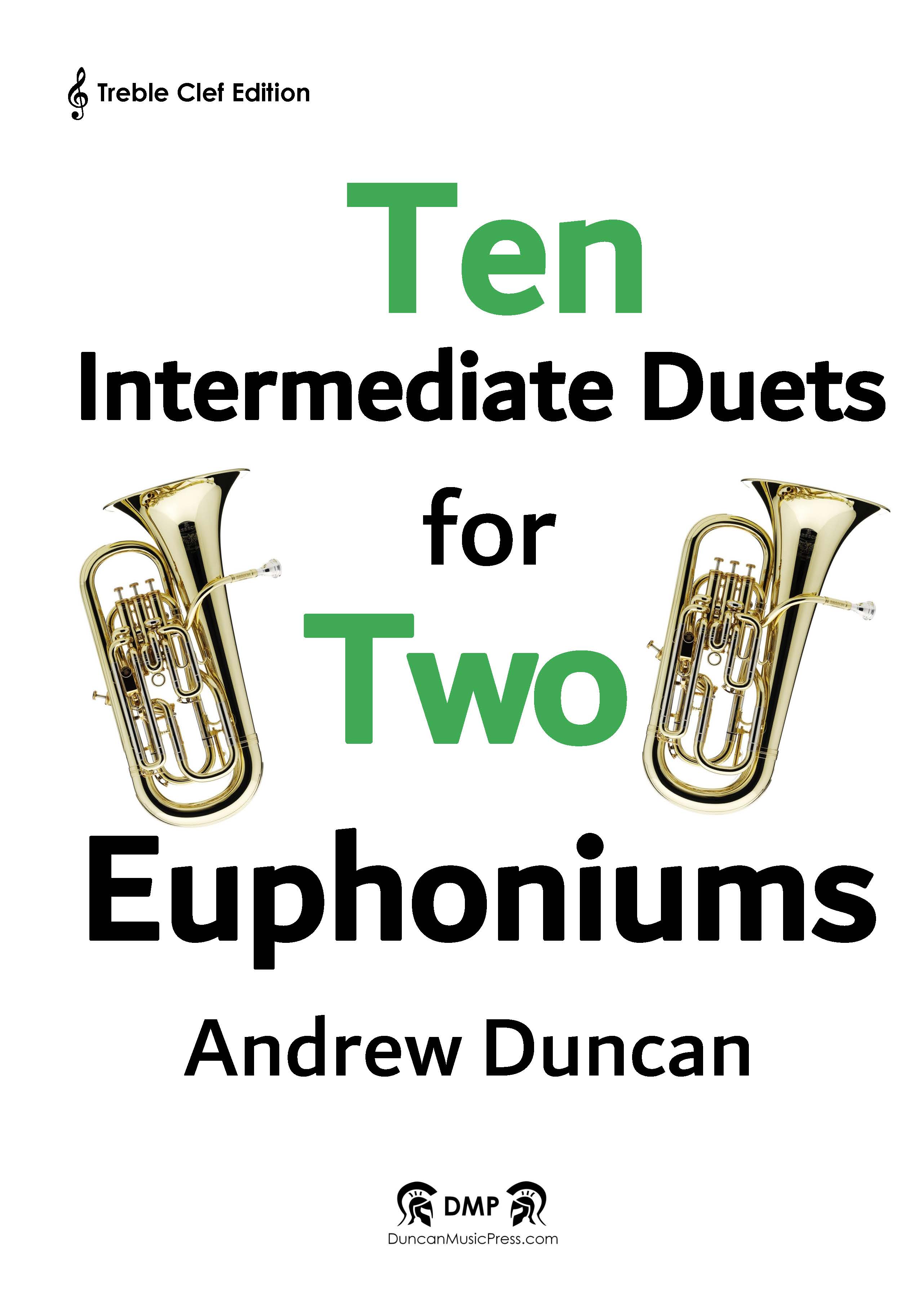History Of Musical Instrument Euphonium
History Of Musical Instrument Euphonium, Indeed recently has been hunted by consumers around us, perhaps one of you personally. People now are accustomed to using the internet in gadgets to view video and image information for inspiration, and according to the name of this article I will discuss about
If the posting of this site is beneficial to our suport by spreading article posts of this site to social media marketing accounts which you have such as for example Facebook, Instagram and others or can also bookmark this blog page.
United states simone mantia 18731951 an italian born american baritone horneuphonium virtuoso and also trombone artist at the.

Music instruments usa stores. The second smaller bell has a brighter tone similar to a baritone horn or valve trombonethe instrument is sometimes dismissed as a novelty but has had a small number of enthusiastic adherents although few professional musicians use it as their sole or primary. It was constructed of wood brass or silver and played with a deep cup mouthpiece made of horn or ivory. By around 1890 the modern form of the orchestral trumpet became common.
The double bell euphonium is an instrument based on the euphoniumthe larger bell produces the mellow tone of a standard euphonium. Euphonium german baryton brass wind instrument with valves pitched in c or b an octave below the trumpet. In this film philharmonia orchestra principal trombone byron fulcher introduces the euphonium an instrument that is an occasional visitor to the orchestr.
In france england and the united states piston valves were generally used but rotary valves were more common in germany austria and italy. Leonard falcone 18991985 italian born american baritoneeuphonium soloist arranger professor director of bands at. A tenor tuba was produced by moritz in 1838 and the euphonium was invented by sommer of weimar in 1843.
The euphonium as we know it today can be traced back to the mid 19th century. In 1823 the tenorbasshorn was created by william wieprecht and in 1838 carl moritz made a similar instrument called the tenor tuba. It is the leading instrument in the tenor bass range in military bands.
In 1815 the first piston valve was patented by heinrich stolzel and freidrich blumel. The tube is conical except through the three valves tapering gently to a narrow detachable shank into which the brass mouthpiece is placed. It was invented in 1843 by sommer of weimar and derived from the valved bugle fluegelhorn and cornet.








